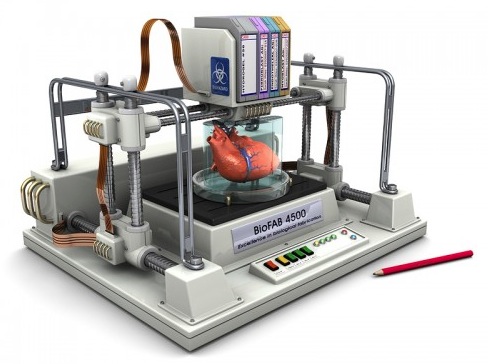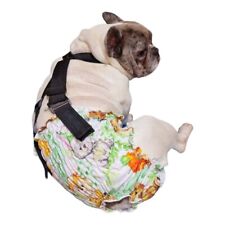3D Printers and Your Pet
Every day I see a medical or scientific news brief that leaves me breathless. 3D printing is one of such headlines. We see news stories about 3D printers creating everything from modular homes to firearms. But what sort of possibilities are there for 3D printing in veterinary medicine?
3D printers seem like they come right out of science fiction. You won’t find them on the Starship Enterprise, but they are commonly found in research institutions, universities, small businesses and even in people’s homes. Certain types can be easy to find and purchase on the internet and through big box stores such as Best Buy. These types of technologies are not entirely novel, similar machines have been used for quite some time in the automotive industry on large-scale.
The novelty of what is going on now is the development of using polymers and body-friendly materials to make customized medical equipment such as implants and prosthetics. 3D printers allow them to be made on-site with a small, easy to use piece of equipment. However, most of the printers and computer software to produce medical-grade products are still quite expensive. Often, 3D images can be sent to a specialist, at a university such as Auburn University College of Veterinary Medicine in Alabama and the final product is produced.
How does it work?
For medical applications, you start with an image from an ultrasound, CT scan or MRI and then use a computer to create a 3D image. With a 3D image, a special type of printer can build the image using multiple layers of polymer or even metals such as titanium and aluminum. Some methods require a solid “frame” onto which the layers are placed while others do not.
Medical Applications in Pets
These 3D printouts can have a variety of applications for our furry friends. Life-like anatomy models can be made for educational purposes and even prosthetics can be used to replace a limb after an amputation. Pre-made, customized models can reduce surgical times and help prevent complications because surgeons can complete more accurate pre-surgical planning. For example, a neurosurgeon can recreate the head and brain of the exact patient from MRI images and use this printed 3D model in pre-surgical planning. When it is time to perform surgery to remove the brain tumor, the surgeon knows exactly where to drill, reducing surgical time and possibility of error.
Advances are being made all the time in this exciting new field. If you find that your pet is in need of specialist care, especially when it comes to surgery, this new technology could save and improve lives. We do indeed live in ‘future times’ and the possibilities are endless.














